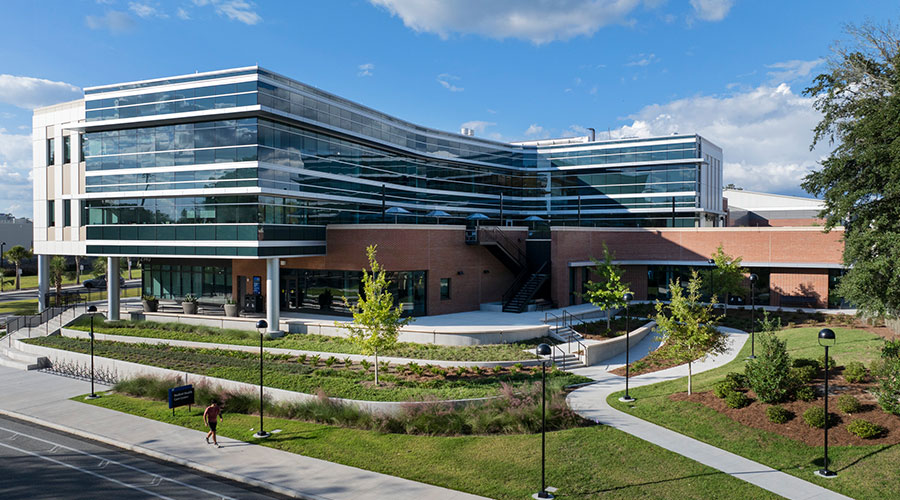The First Step in Evaluating Cooling Tower Efficiency
(Editor’s note: This Q&A continues the chronicle of the joint effort between AT&T and Environmental Defense Fund (EDF) to cut water use in the building cooling process. The two have also created a free water management toolkit that can help facility managers measure water use in an audit, manage it through annual scorecards, make the business case for reducing use of it and improve the efficiency of cooling tower operations.)
What's the first step in evaluating your cooling towers for possible inefficiencies?
There are two things that need to be understood in order to identify opportunities for improving cooling tower efficiency. Those two things are the quality of the makeup water and the current cycles of concentration (COC).
The primary indicator of cooling tower efficiency, with regard to water conservation, is cycles of concentration. The COC number indicates how many times water can be cycled through the cooling tower before it needs to be discarded. The optimum limit for maximum cycles under conventional chemical treatment programs is largely determined by local water quality. If the makeup is provided by a municipal water treatment plant, they will be able to provide the chemical analysis of the water supply. Otherwise, your water treatment vendor can provide a typical water analysis. Using this information, the recommended maximum COC can be determined from the scale-forming impurities in the makeup.
The water treatment vendor can perform this calculation for you. If you are operating your cooling tower at less than 10 COC, it is important to understand why. If the current cycles are below the recommended maximum cycles, there is opportunity for improvement using conventional water treatment. If the cycles are at or near the recommend maximum, then using alternative water treatment technology such as water softeners or filtration systems may enable you to raise the cycles even higher. Working with your water treatment vendor and letting them know that water efficiency is a priority will be key in selecting the most efficient program for the site.
Answers provided by Bill Harfst from the AT&T-EDF project team. Harfst is an independent water management consultant with Harfst and Associates, Inc. He has 40 years of experience in water treatment.
Related Topics:















